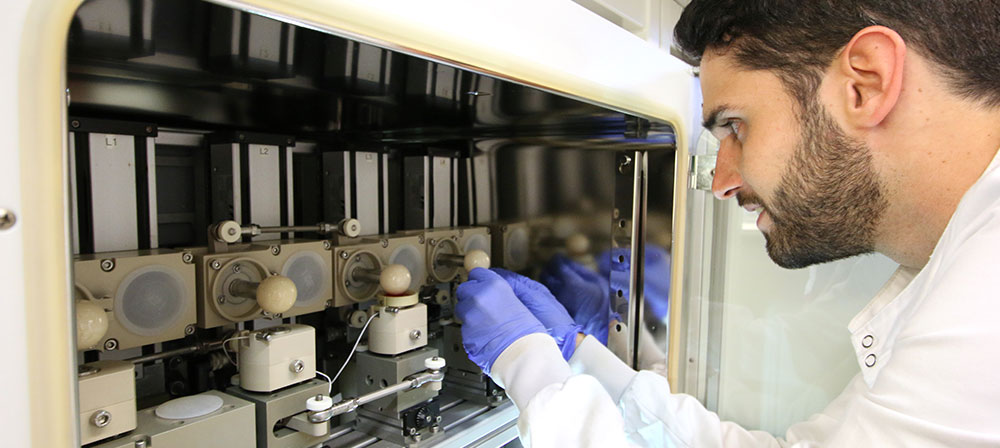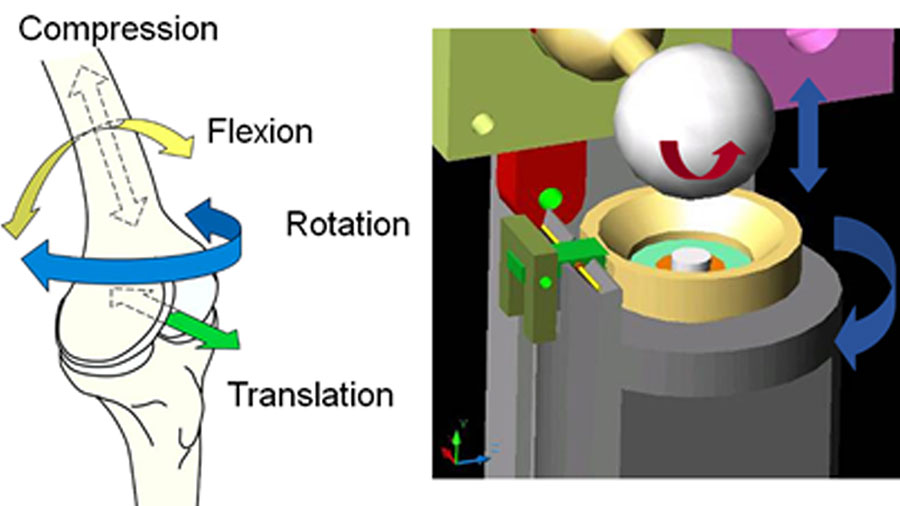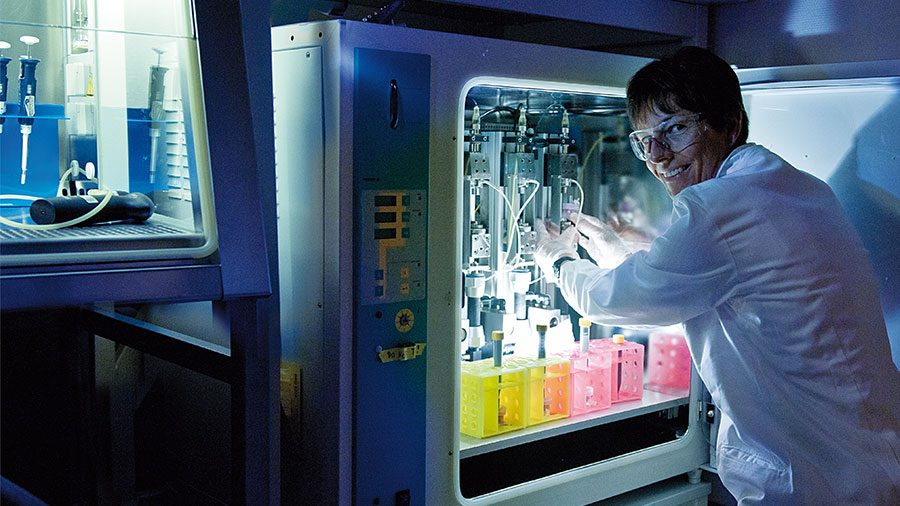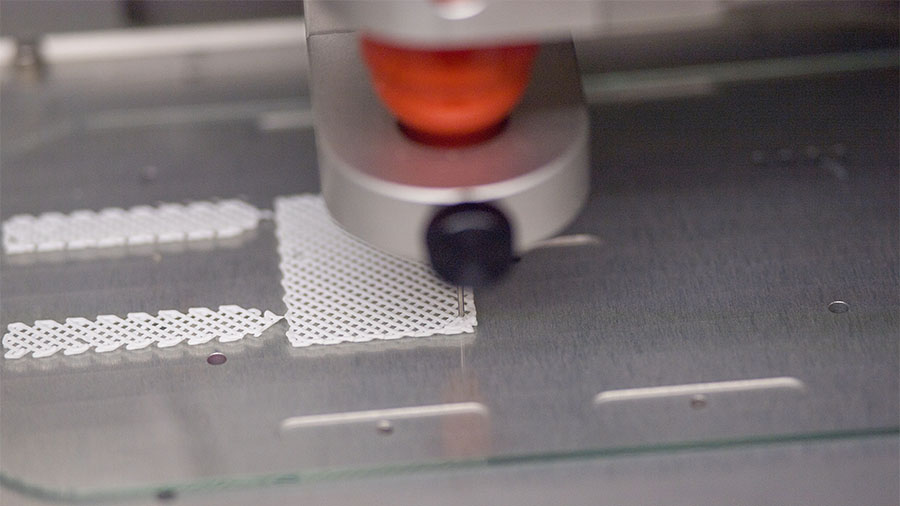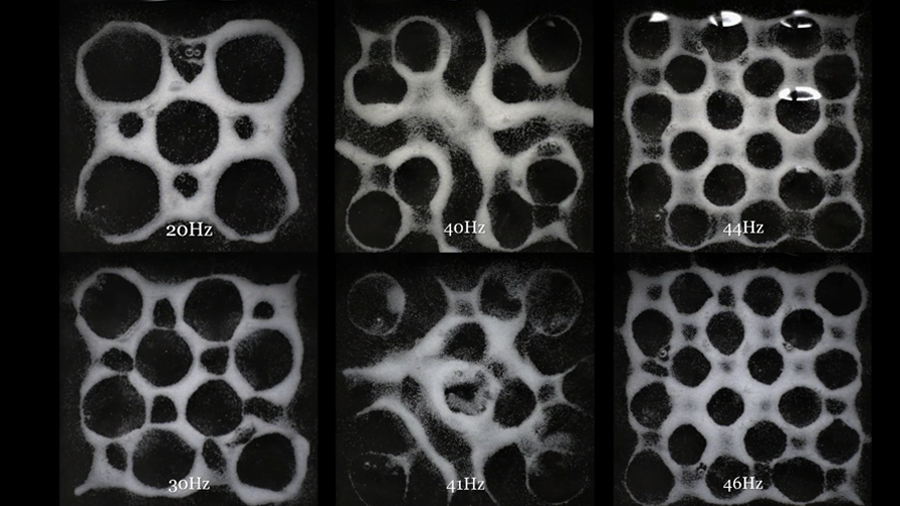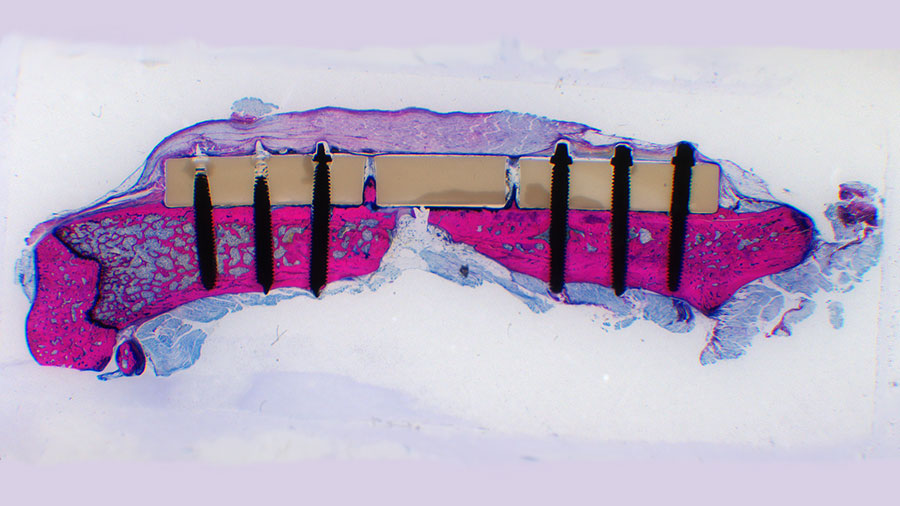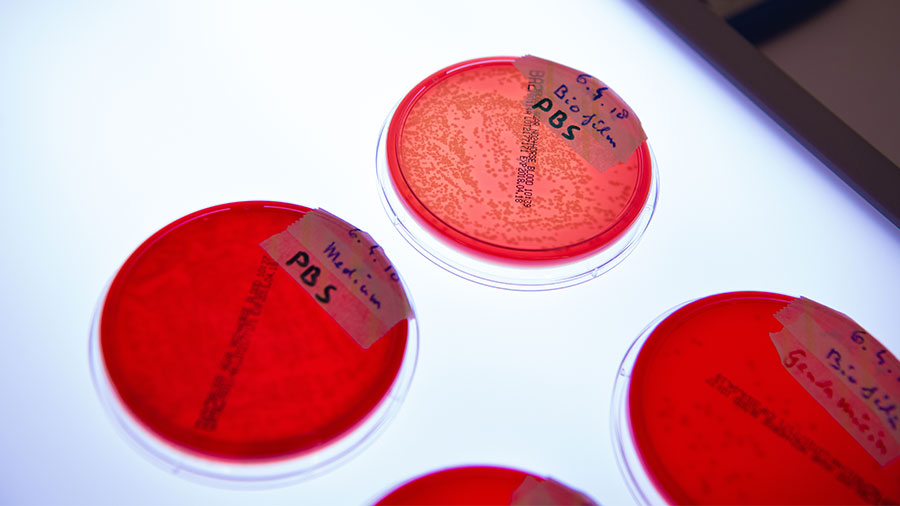Progenitor Cell Biology and Mechanoregulation
Working on the use of mesenchymal stromal cells in bone and cartilage regeneration
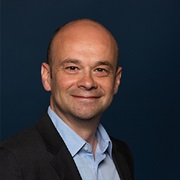
Prof Martin Stoddart
Program Leader
Focus Area Leader:
Progenitor Cell Biology and Mechanoregulation
The routine use of cell-based therapies involving mesenchymal stromal cells (MSCs) within the clinic is close to becoming reality; however, there are still some obstacles to overcome. The Progenitor Cell Biology and Mechanoregulation Focus Area aims to transition MSCs towards clinical applications for bone and cartilage regeneration. MSCs isolated from various patient-derived tissues are commonly grown in vitro to increase the available number of cells, yet, once obtained, predicting their function is still not possible. We have been investigating markers that are predictive of MSC function and serum-based markers, such as miRNA, that could also be used to predict patient outcomes. This would improve patient stratification, while offering opportunities to enhance cell function.
Once the cells have been obtained, their differentiation into the various possible phenotypes requires a detailed understanding of the underlying molecular mechanisms. We are investigating the role of such mechanisms and of multiple stimuli—such as mechanical load, growth factors and gene therapy—in the process of stem cell differentiation. In particular, the use of mechanical stimulation is a feasible mechanism to promote healing by improving rehabilitation protocols. We aim to develop protocols to reproducibly and stably induce the cell type required for the tissue being treated.
Information gained from the bioreactor studies also offers an opportunity to optimize rehabilitation protocols in patients. This ‘regenerative medicine’ approach enhances the patient's own healing ability and would have fewer complications than the more traditional tissue engineering approach, but due to the small number of endogenous cells, novel strategies are needed to optimize the function of the limited cells available. Combining the initial treatment with an optimal rehabilitation protocol is leading to a new area of regenerative rehabilitation.


